Are you religiously using tarragon to increase your exercise performance? Tarragon is a perennial herb that has been used for ages in French and English dishes. Tarragons' bitter taste blends well in soup, chicken, beef, egg, asparagus, and fish preparations if used in the proper quantities.
Tarragon has earned its popularity in the health world due to the large number of benefits it offers. This herb serves as a great way to stimulate appetite, lose water weight, deal with toothaches and digestive problems, and even control diabetes.
Along with the health benefits of tarragon, there are few side effects like toxicity in the body, which may show signs if tarragon is consumed for a more extended period. Do not worry! There are a few substitutes for tarragon that can provide flavor, as well as keep you away from its side effects.
Tarragon is the main ingredient in French béarnaise sauce. But what if you do not find tarragon in your local store? Here is the solution: Just pick any of the substitutes mentioned below. Trust me; you will be really spellbound with their amazing tastes.
Fresh tarragon substitutes
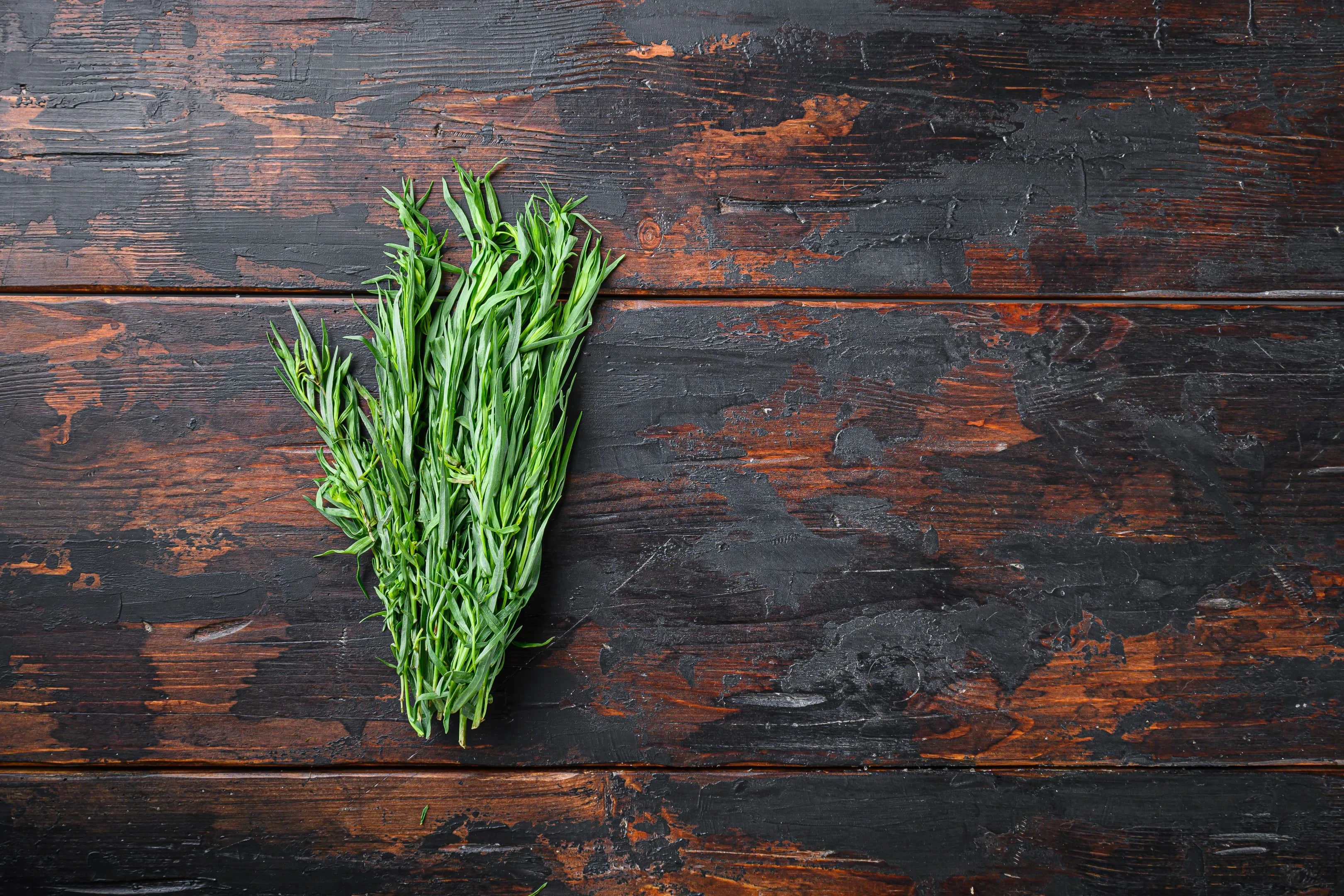
Tarragon (Artemisia dracunculus) has been used as a fresh as well as a dried herb for flavoring French, as well as Russian dishes. The bittersweet taste of this herb has been a great contributor to several cuisines. When your ingredient list contains fresh tarragon, and you cannot find it in the store, just switch to the following substitutes mentioned below.
1. Chervil
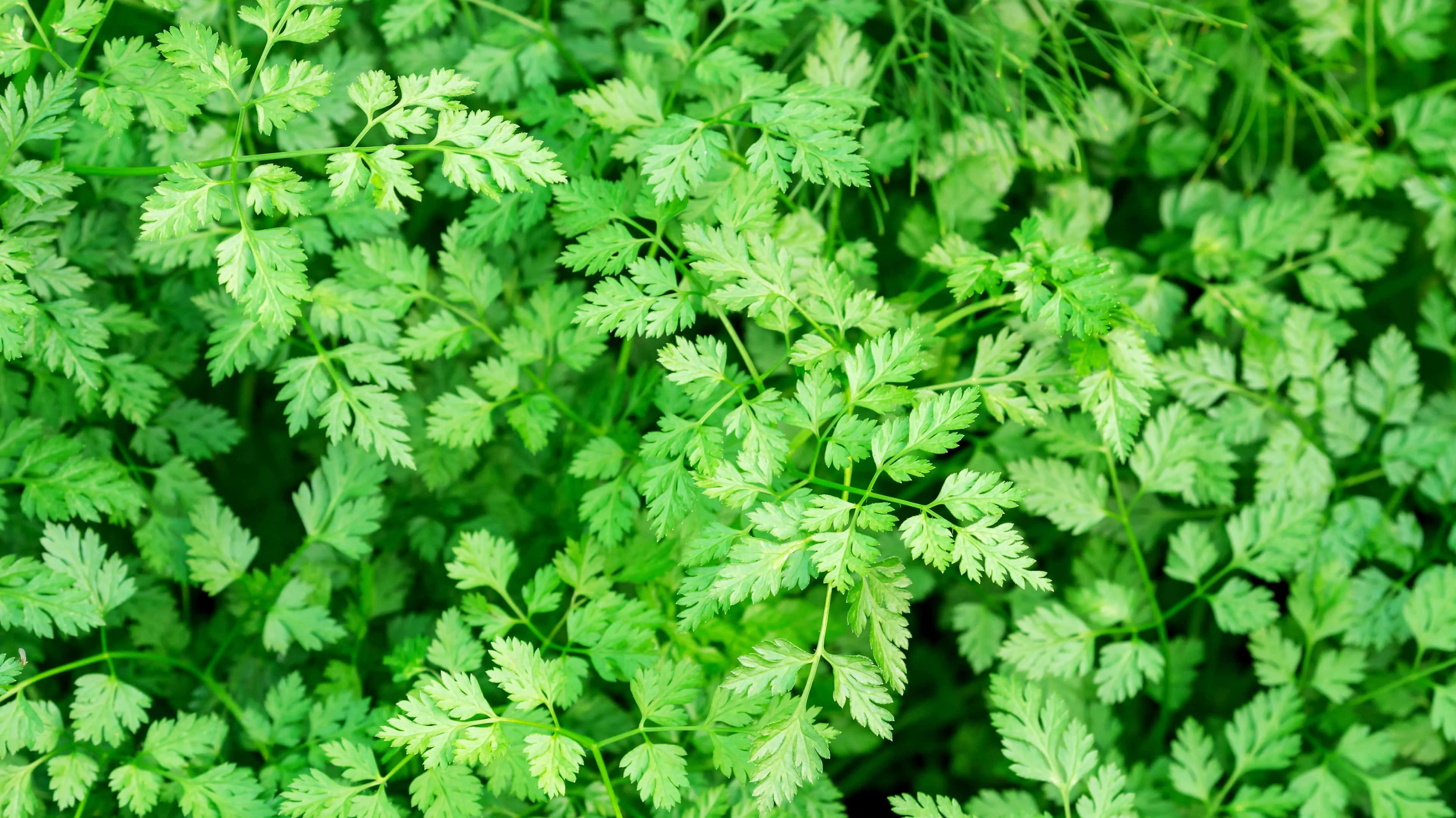
This culinary spring herb is an excellent substitute for tarragon due to its mild flavor. Belonging to the parsley family, chervil presents an in-between flavor of parsley and tarragon. The hint of licorice in the flavor of chervil has a high resemblance to flat-leaf parsley.
Chervil does not hold up for prolonged cooking. Thus, it is a great last-minute herb that can flavor your sauce, fish, steaks, and other dishes. Even though the flavor is mild, you do not need to worry about other spices overpowering its taste.
If you are looking for a tarragon substitute for the famous béarnaise sauce, chervil is a perfect choice. However, never dare to pour in some extra chervil in your dish lest you end up with a really bitter-tasting meal. The perfect proportion of chervil to substitute tarragon is using the half quantity of chervil compared to that of tarragon.
With its flavoring characteristics, accompanied by the rich vitamins and minerals content, chervil can be the perfect alternative to fresh tarragon in your cuisine.
2. Fennel fronds
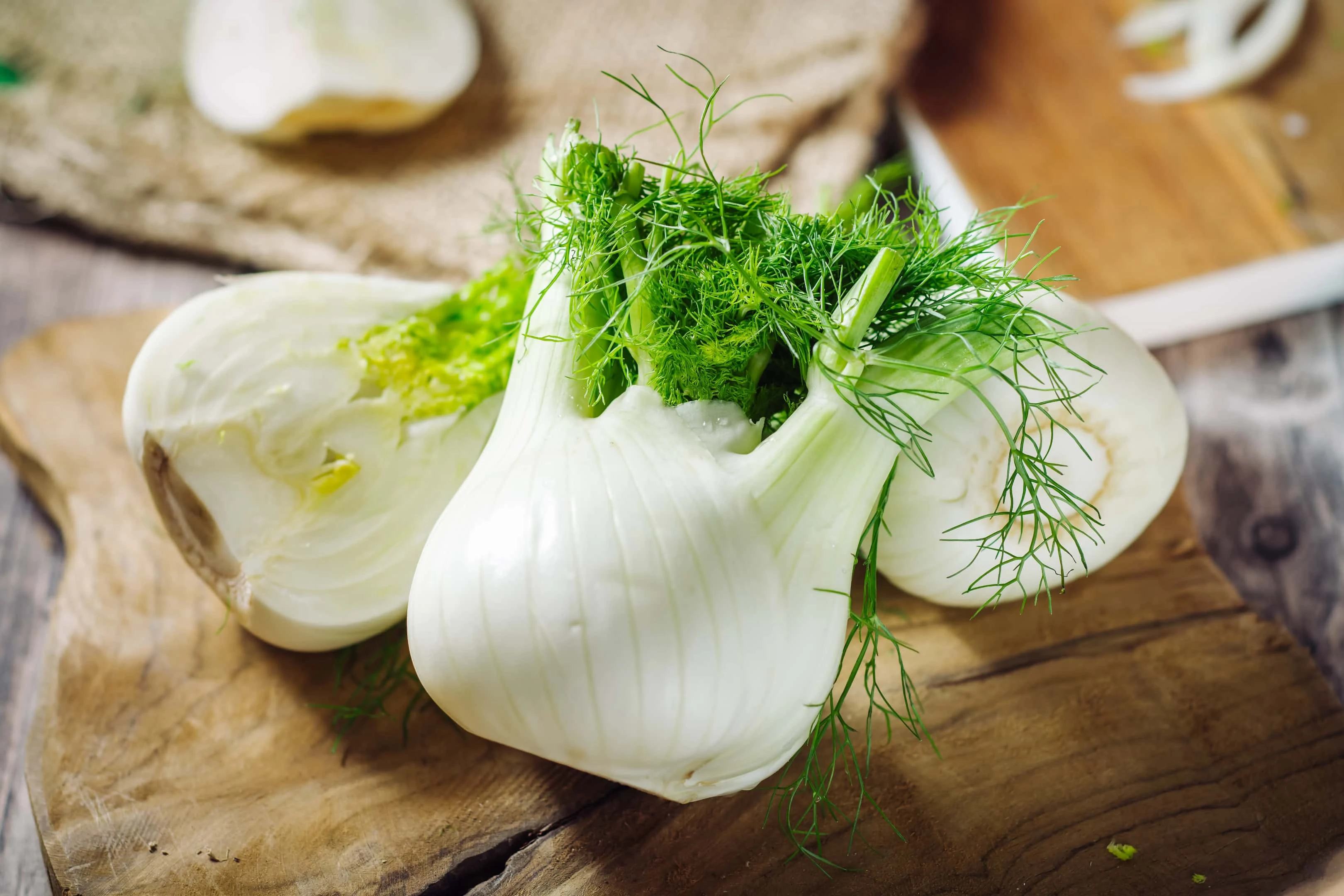
The frilly green fronds of fennel can serve you best with its natural sweetness that overpowers the herb's bitter taste. Fennel fronds are the light and feathery leaves that grow out of fennel bulbs. Guess what? You can harvest them in your garden without much hassle.
It has a delicate texture, which contributes to its resemblance to the flavors of tarragon. Fennel fronds provide a flavor similar to licorice and anise seeds. It serves as a perfect pick when seasoning your salad, as well as cooking a delicious vegetable, fish, or chicken broth.
A fennel frond is a great seasoning to add to your chicken while marinating it with garlic and other herbs. Moreover, it is packed in nutrition to boost immunity, prevent cancer, reduce inflammation, and improve your body's bone health and metabolism.
Would you now sprinkle some fresh fennel fronds on your salad?
3. Basil leaves
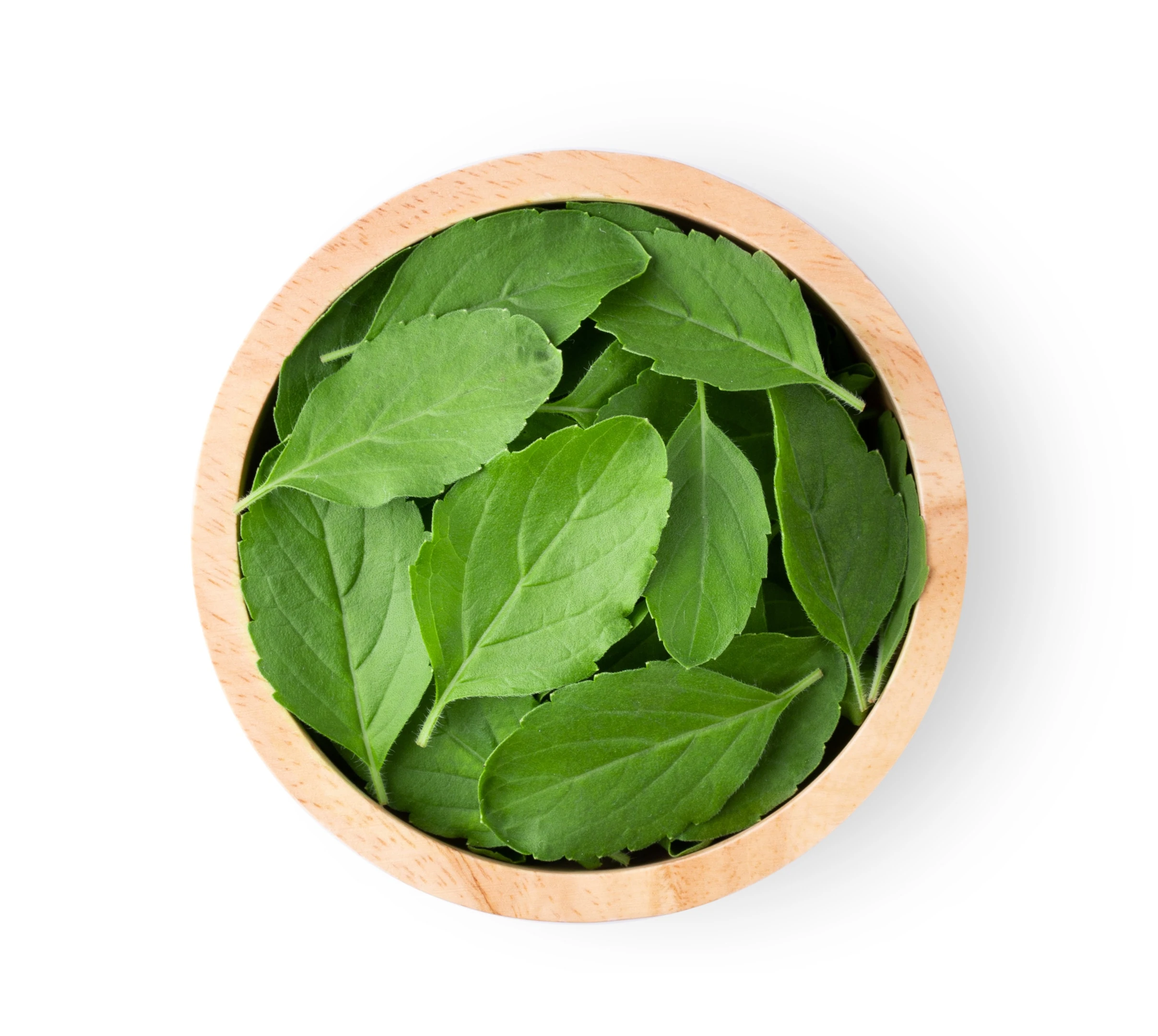
Basil has been a favorite culinary herb that has been used in most Italian cuisine. Belonging to the mint family, basil leaves serve as an excellent replacement for fresh tarragon. Basil leaves are a last-minute addition to any recipe as the flavor is destroyed if cooked.
Fresh basil leaves add a subtle peppery flavor to food along with a refreshing aroma that can stimulate your taste buds. It substitutes for the licorice flavor of tarragon well. However, basil leaves do not contain any bitterness. There are varieties of basil, and you can find a unique character from each. While sweet basil adds a sweet flavor, lemon basil offers a citrus touch, and Thai basil offers a licorice flavor.
The most exciting fact about basil is that you can find it in any corner of the world – either in local stores or in your kitchen garden. It is an herb that has been prevalent through ages owing to its medicinal and health benefits. Moreover, you can find people sipping basil tea every day to keep away the cold and flu. Thus, unlike tarragon, you do not need to worry about the quantity of intake for basil leaves.
Basil leaves are excellent seasoning herbs for pasta, pizza, salads, and many other Italian, Thai, and Indonesian dishes. It is the main flavoring herb in the well-known pesto sauce.
Would you plant a basil plant in your kitchen garden?
4. Fennel seeds
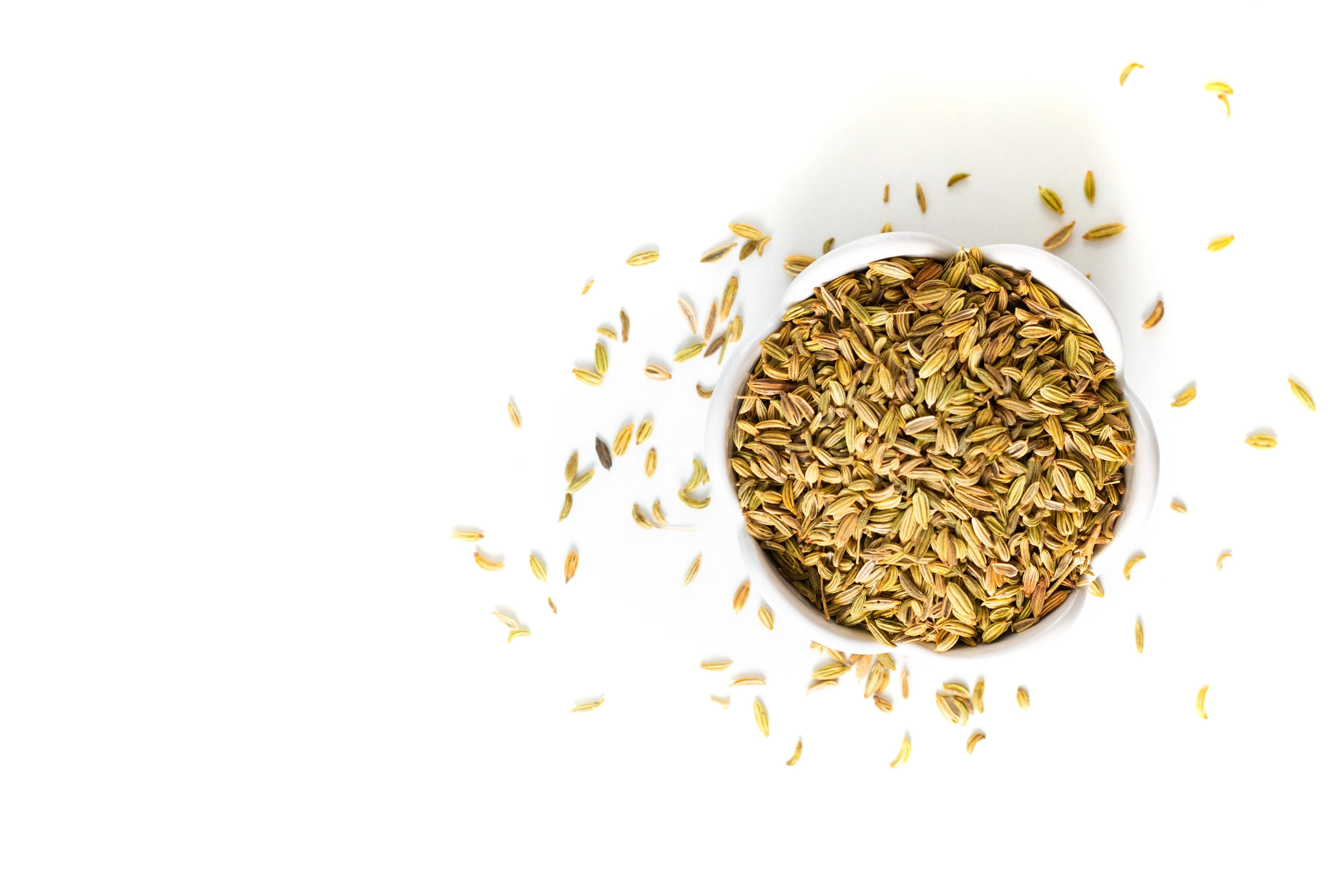
Just like fennel fronds, fennel seeds can be the replacement option for fresh tarragon in your recipes. Along with its alluring aroma, fennel seeds offer a refreshing and mildly sweet taste. The flavor of this herb is analogous to the flavor of aniseed.
The quantity proportion of fennel seeds to tarragon is 1 teaspoon per tablespoon. However, you may increase the quantity if you desire a more robust flavor. Unlike fresh tarragon, this perennial herb provides a mild licorice flavor that may not be noticeable.
The health benefits of fennel seeds are a long list. The sweet smell and refreshing taste have led some to take fennel seeds orally after lunch or dinner to improve digestion. It has been a potent ingredient for medicines to heal joint aches. Moreover, it is packed with plant compounds that can give you glowing skin and healthy locks.
Another advantage of fennel seeds is that lactating women can consume it. While most herbs end up in the restricted list for pregnant and breastfeeding women, fennel seed is a herb with lactogenic properties that are beneficial to breastfeeding women. However, it is recommended to take the advice of a doctor before increasing fennel seed consumption when producing milk.
Even after having so many health benefits, there are some red lines to the consumption of fennel seeds. Due to its high estrogenic properties, it should only be consumed in moderation. However, it is recommended to be avoided by pregnant women.
5. Anise seeds
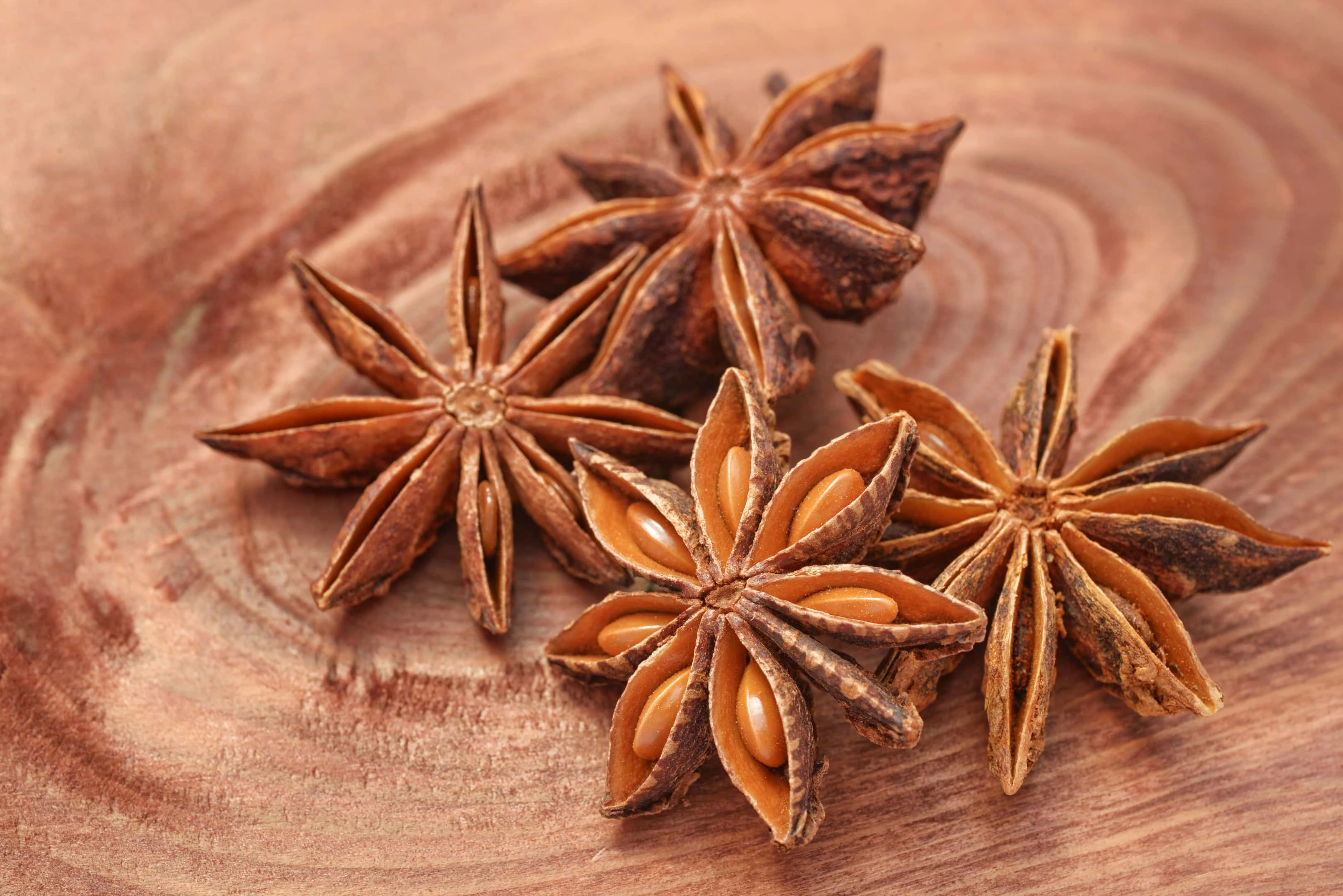
Just like fennel, anise seed has traveled from its Mediterranean origins to all across the earth due to its flavoring properties. Its licorice taste has been warmly welcomed into authentic German, Indian, Middle Eastern, and Mexican cuisines.
Owing to its licorice flavor, Anise seed can easily substitute for fresh tarragon in any recipe. The quantity proportion of anise seeds to tarragon is 1 teaspoon per tablespoon. Anise seeds have made their way as a spice to be used in baking goods or for licorice-flavored beverages.
This nutrient-rich annual herb offers tons of health benefits. Anise seeds are known to keep your blood sugar level in control, prevent stomach ulcers, fungal infections, and even relieve menopausal symptoms. Furthermore, they contribute to your mental health.
However, overconsumption or overdosage of anise seed may lead to side effects such as allergic reactions, pulmonary edema, and even lead to adverse effects in pregnancy.
Even though you may use anise seed as the substitute, you should not exceed the daily consumption of 0.3 to 0.5 grams.
Dried tarragon substitutes
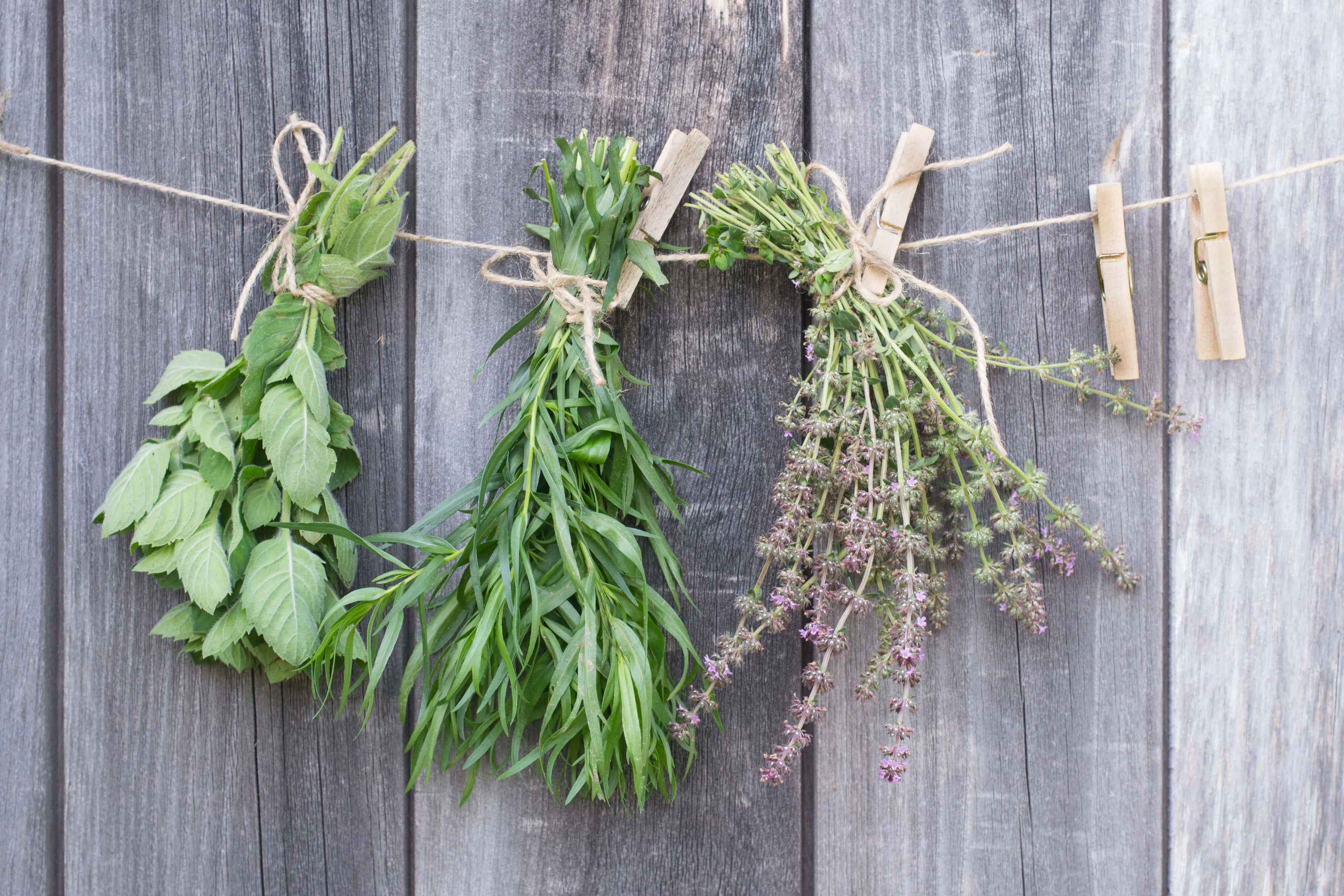
If you are looking for a more subtle taste than fresh tarragon, dried tarragon is the answer. However, due to its origin in Europe and Asia's borders, dried Tarragon is an herb that is rarely accessible in your local store. Here are a few substitutes for dried tarragon that blend perfectly to offer the desired flavors to your dish.
1. Marjoram

Marjoram is an herb that has been alluded to in early Greek mythology. It has been used as a cooking spice for decades. Its floral flavor can be used as a substitute for the flavor of dried tarragon.
The sweet, minty, and woodsy flavor of marjoram serves as an excellent seasoning herb on roasted meat, vegetable broth, and even pizza. It has been a great companion to tea as well.
Marjoram tea can produce positive effects on mood swings, menstrual cramps, and even polycystic ovary syndrome (PCOS). Wouldn't it be a great escape?
Marjoram has been a great way to improve blood circulation, alleviate digestive problems, keep away runny nose and headaches. However, it has exhibited adverse effects on pregnant women. The long-term consumption of marjoram can impact the liver and kidney.
Marjoram is an excellent substitute to tarragon only for short term use.
2. Oregano
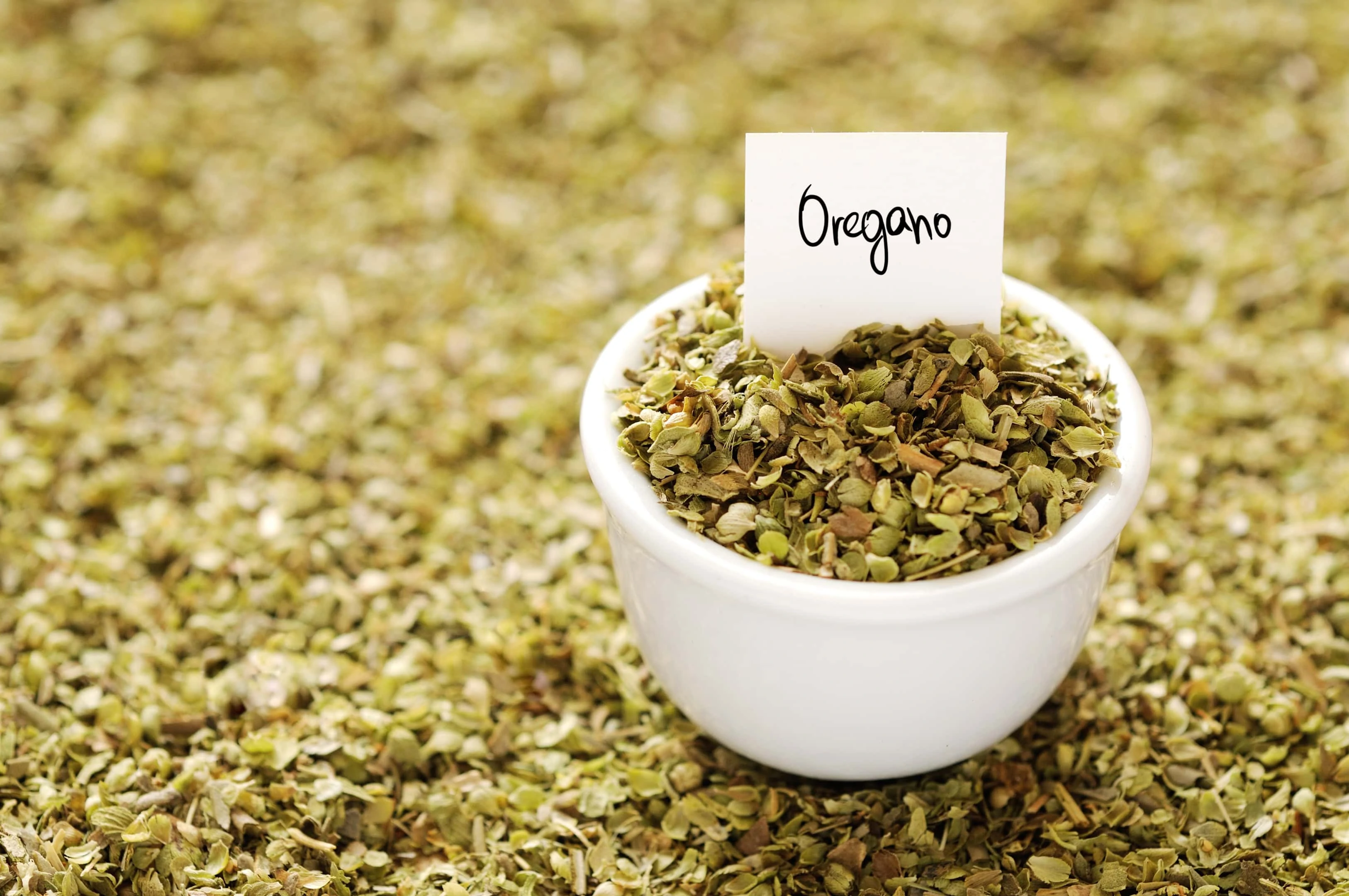
Oregano is the popular herb that we all have used on our pizzas. Even though it is often confused with marjoram, oregano presents a more robust flavor. The subtle sweetness, along with the warm flavor of oregano, can be treated as an excellent substitute for dried tarragon in a recipe.
This staple herb can be a magic component to your stew, sauce, chicken preparation, and authentic Mediterranean and Mexican dishes. The aroma of oregano is something you would love to indulge in. However, do not spread a lot of oregano lest you want your meal to taste bitter. Unlike other herbs, oregano can sustain prolonged cooking, and thus its flavor can stand out in sauces and stews even if added early during the cooking process.
Oregano is a familiar herb that has been adapted into regular diets for its health benefits. It has properties that fight bacterial and viral infections as well as cancer cells. Even though oregano is considered safe to consume, it should be avoided before and after any surgery as oregano may lead to the risk of increased bleeding.
3. Rosemary
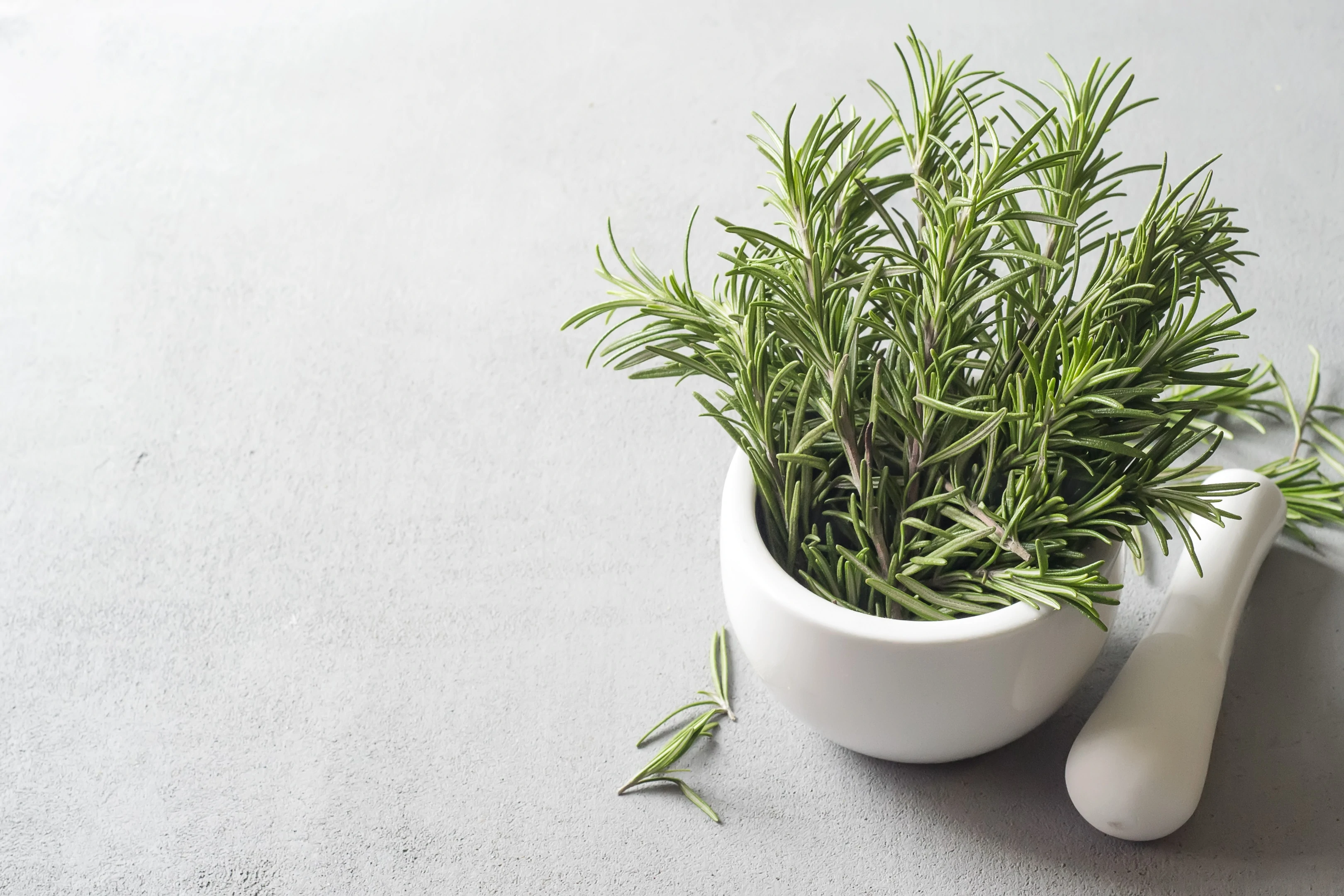
This perennial herb has been passed down through centuries as a culinary spice. The bitter and astringent taste can perfectly substitute the bittersweet taste of dried tarragon in any recipe. The characteristic aroma of rosemary is popular all over the world, making it everyone’s favorite spice.
Have you ever sipped herbal tea made of rosemary? Well, it is another legacy that has followed down to our present world. Rosemary has been known for its medicinal benefits and can be harvested home gardens. This Mediterranean herb is packed with iron, antioxidants, and vitamin B6. It has great control over blood sugar levels, memory, and even mood swings. Moreover, rosemary consumption has exhibited beneficial effects on eye, brain, and heart health.
While a low dose of rosemary contributes to your good health, overconsumption may push you to dire side effects such as vomiting, pulmonary edema, spasms, and even lead to coma. The ideal quantity of daily dose of rosemary is 500 milligrams.
Rosemary can be used in stuffings for roasted lamb, chicken, or pork, as well as a seasoning for your vegetable broth.
4. Dill
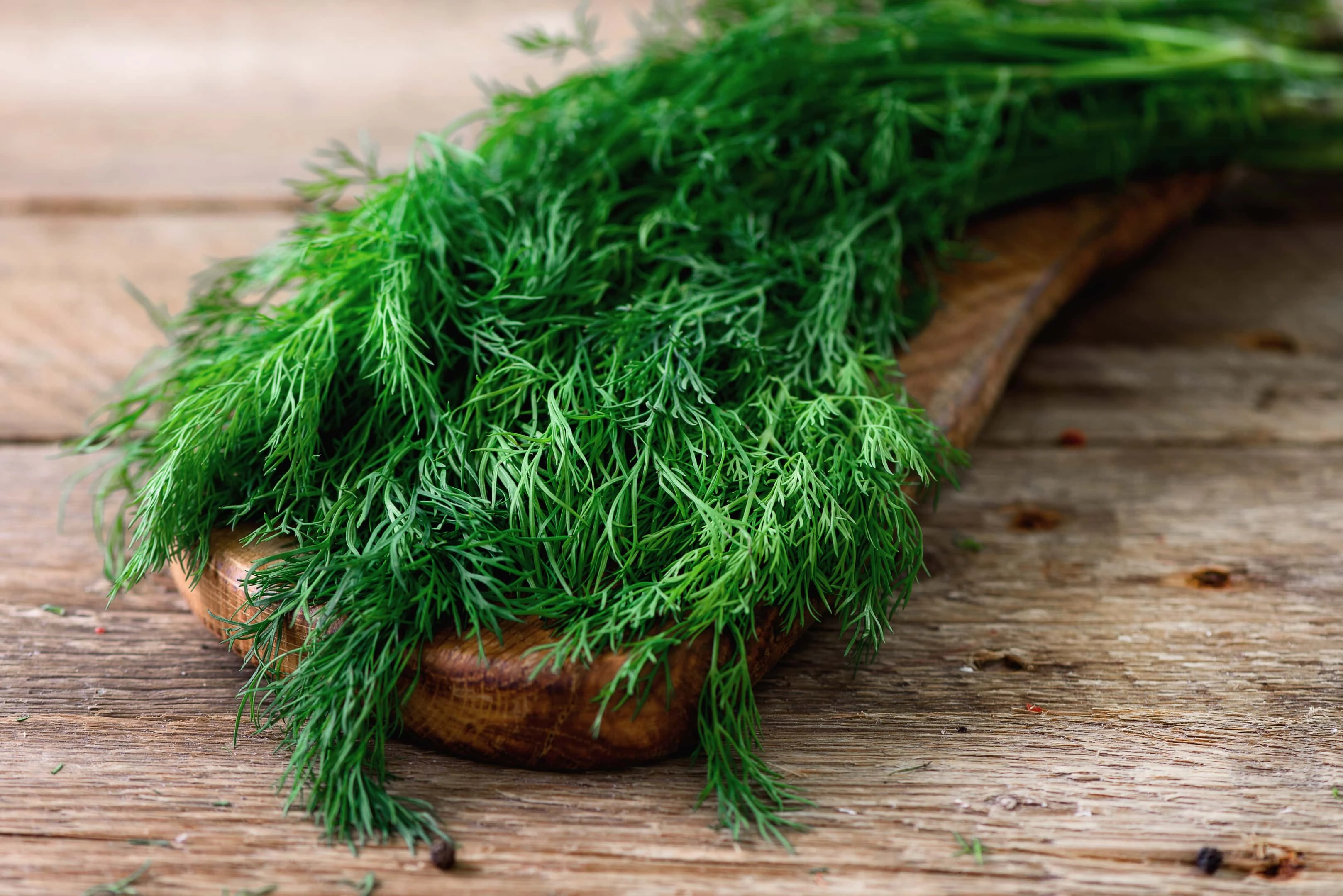
Belonging to the celery family, dill has been grown as an annual herb in Eurasia and earned its popularity across the world for its flavor. This anise-like herb is a great substitute for dried tarragon, especially if you are looking for a less aromatic option. It is another last-minute herb that loses flavor under prolonged cooking.
Dill offers a unique licorice bitter taste in any dish of your choice. Owing to the cute leafy green frill look, dill can serve as a great garnish option. You can even use it on spreads, sauce, and soups. Moreover, it has been used as a seasoning sprinkler on authentic dishes, especially European dishes.
This low-calorie herb is an excellent source of vitamins and micronutrients, contributing to a large number of health benefits. Dill can promise relief from your painful menstrual cramps. It also contributes to better heart and bone health. Consumption of dill regularly is considered to be basically safe. However, it should not be consumed by pregnant and breastfeeding women and those undergoing surgery who have low blood sugar levels.
5. Thyme
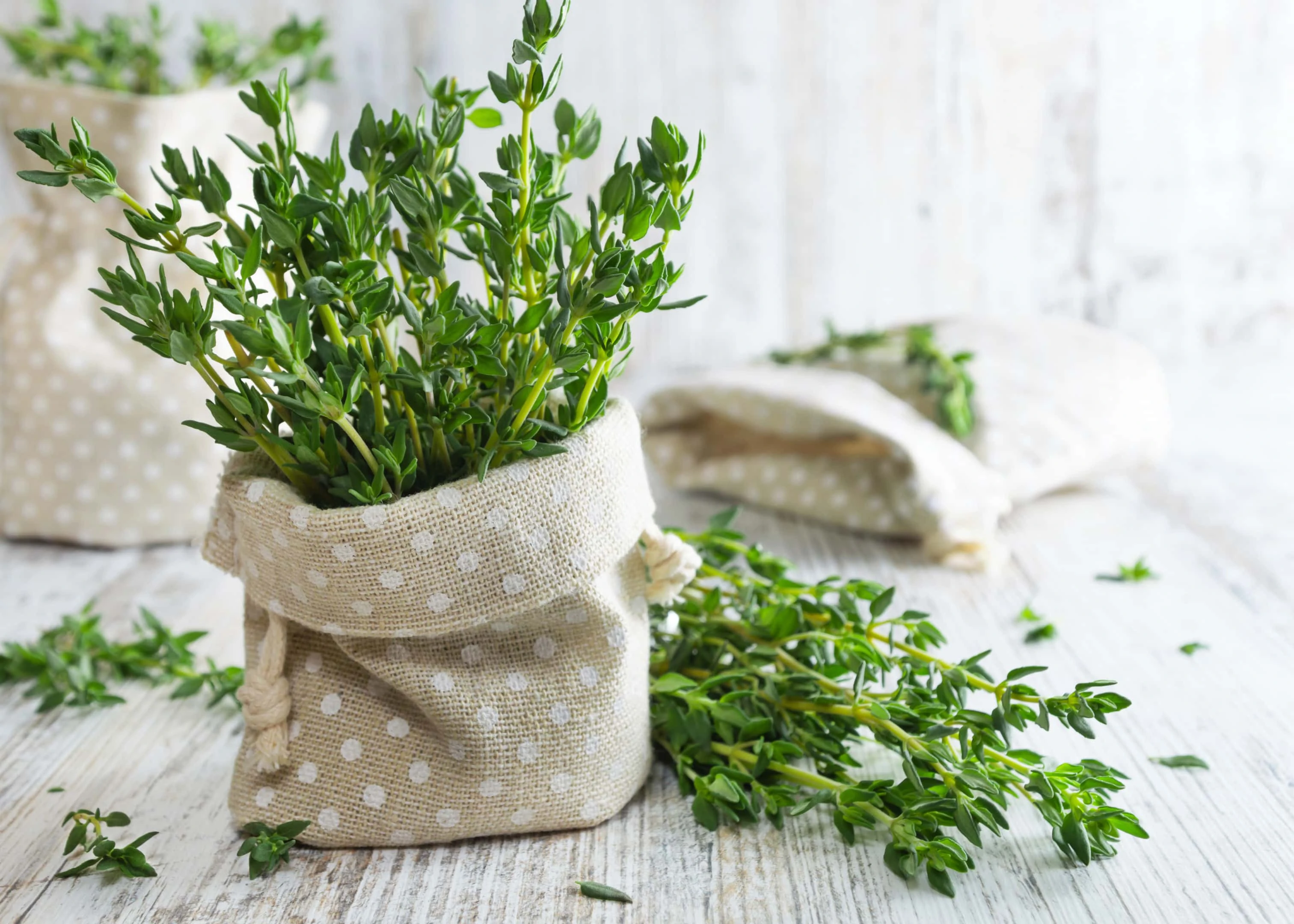
This evergreen herb belonging to the mint family has been known for its ornamental, medicinal, and dietary uses. The potent herbal flavor of thyme can be an escape from dried tarragon in your recipes.
Unlike the other herbs, thyme should be added at an early stage of cooking. The floral flavor liberates as it is cooked. It is an excellent choice of spice for savory dishes such as roasted vegetables, meat, fish, soups, and marinades.
Thyme is known to lower blood pressure and boost immunity. However, it may induce allergic reactions if directly applied to the skin.
Egyptians have used thyme to make incense sticks to get rid of mosquitoes and pests.
Would you want to try burning some thyme to shoo away pests?
6. Angelica
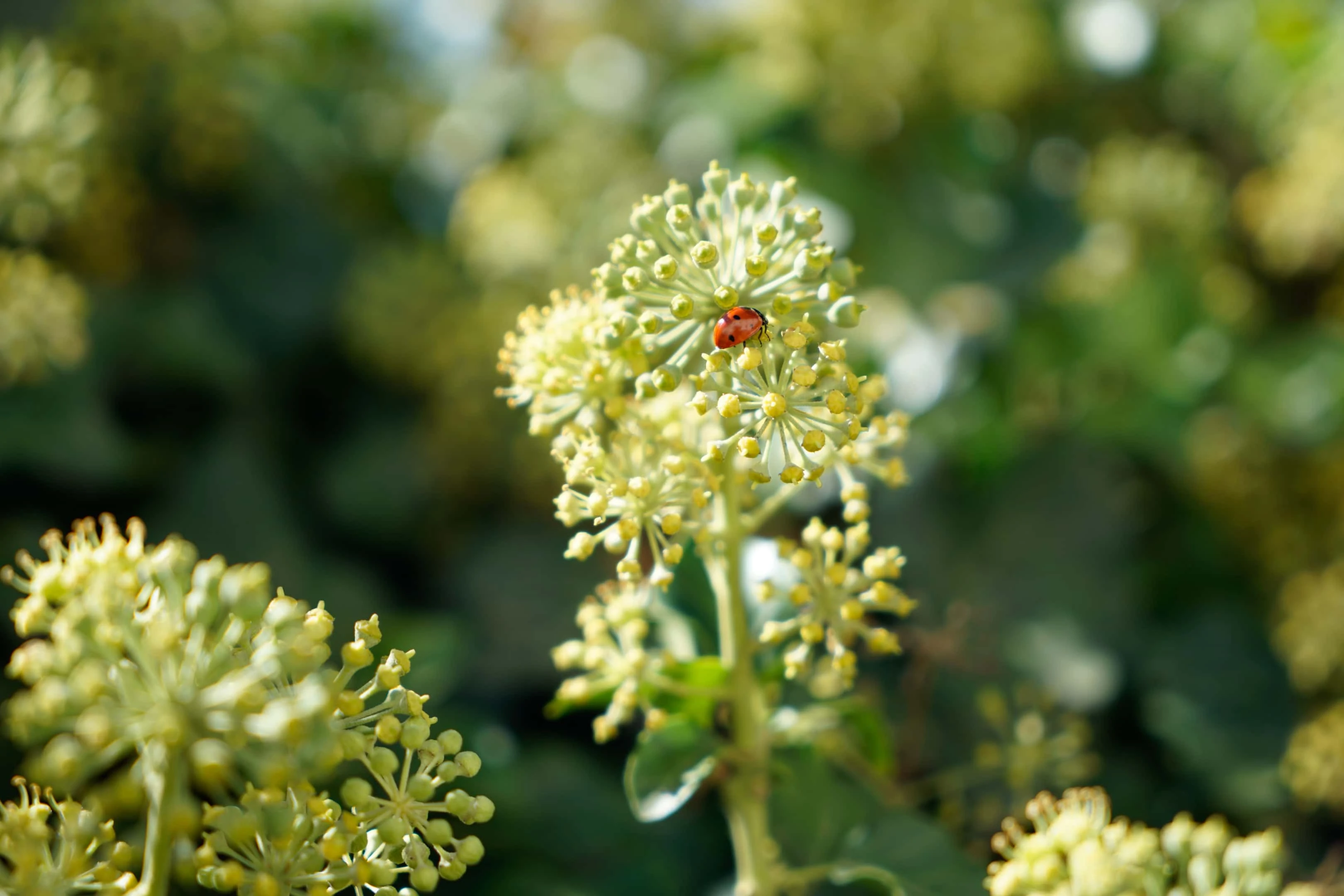
Angelica is grown as a perennial herb in a large number of places in the Northern hemisphere. The bitter woody taste of angelica can easily replicate the flavor of dried tarragon. It is typically used in flavoring candies, liquor, and desserts.
Angelica is known for its use in the treatment of heartburn and premature ejaculation. If you are looking for ways to get rid of tobacco addiction, the aroma of angelica can help you handle your nicotine withdrawal symptoms.
Being endemic to India, angelica has been used in ayurvedic treatment as well. Even though angelica is safe for consumption for adults, it is advisable to stay away from angelica during pregnancy and breastfeeding.
7. Parsley and cinnamon powder
You can substitute 1 tablespoon of dried tarragon with a half teaspoon of parsley and cinnamon powder each in Béarnaise sauce without a second thought. While parsley offers a peppery flavor with mild bitterness, the cinnamon powder adds warmth to the dish.
This combination, along with lemon juice, can brighten up any savory dish. Parsley is an herb that blends well with cheese and garlic. It is generally used as the seasoning spice in meat and bread. Cinnamon, on the other hand, offers a woody and warm taste to any savory dish.
Both items have been adopted as a way to lose weight and boost immunity. Parsley and cinnamon tea is commonly found in every health devotee’s diet.
This deadly combination has a strong fragrance that will automatically draw you towards the food.
Final words
Spice is the variety of life. Therefore, needless to say, spices are the magic components that can make or break a great dish. Tarragon, no doubt, is a herb that has its own characteristic, smell, and flavor. However, the other herbs are no less unique. These tarragon substitutes may not precisely replicate tarragons' taste, but it won’t ruin the dish as well. In fact, every herb mentioned provides a new style and taste to the dish. While you may use oregano or basil for a stronger flavor than tarragon, you may subtle down the flavor with fennel seeds or chervil. Modifying the dish may result in a new taste of the same old recipe. Moreover, you know all the health benefits each of the herbs offers. Would you love to try a tarragon substitute in the next recipe you try?

A writer passionate about wellness, nutrition, and intentional living. She creates engaging, research-based content that empowers readers to live healthier lives. Through every article, she brings clarity, inspiration, and a touch of everyday practicality. Read more about Juliana.




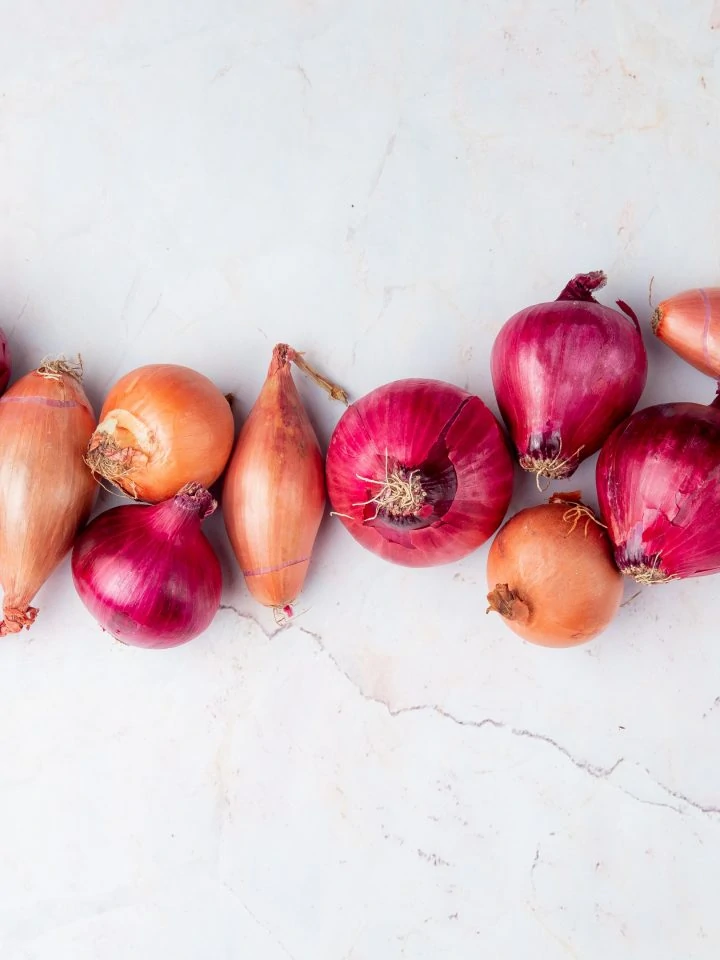

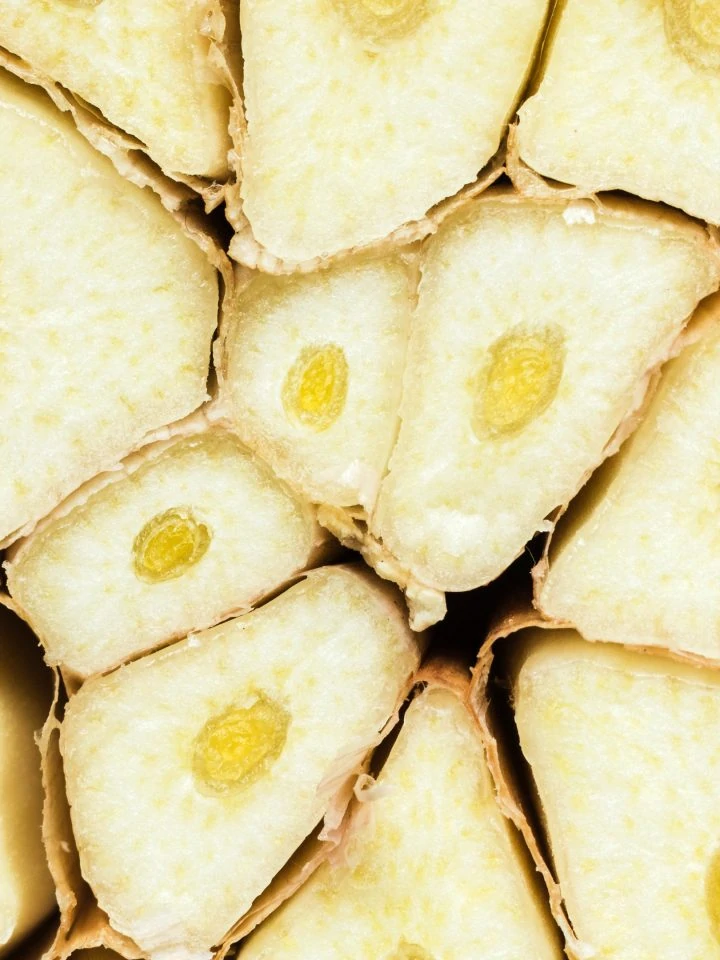
Comments
No Comments